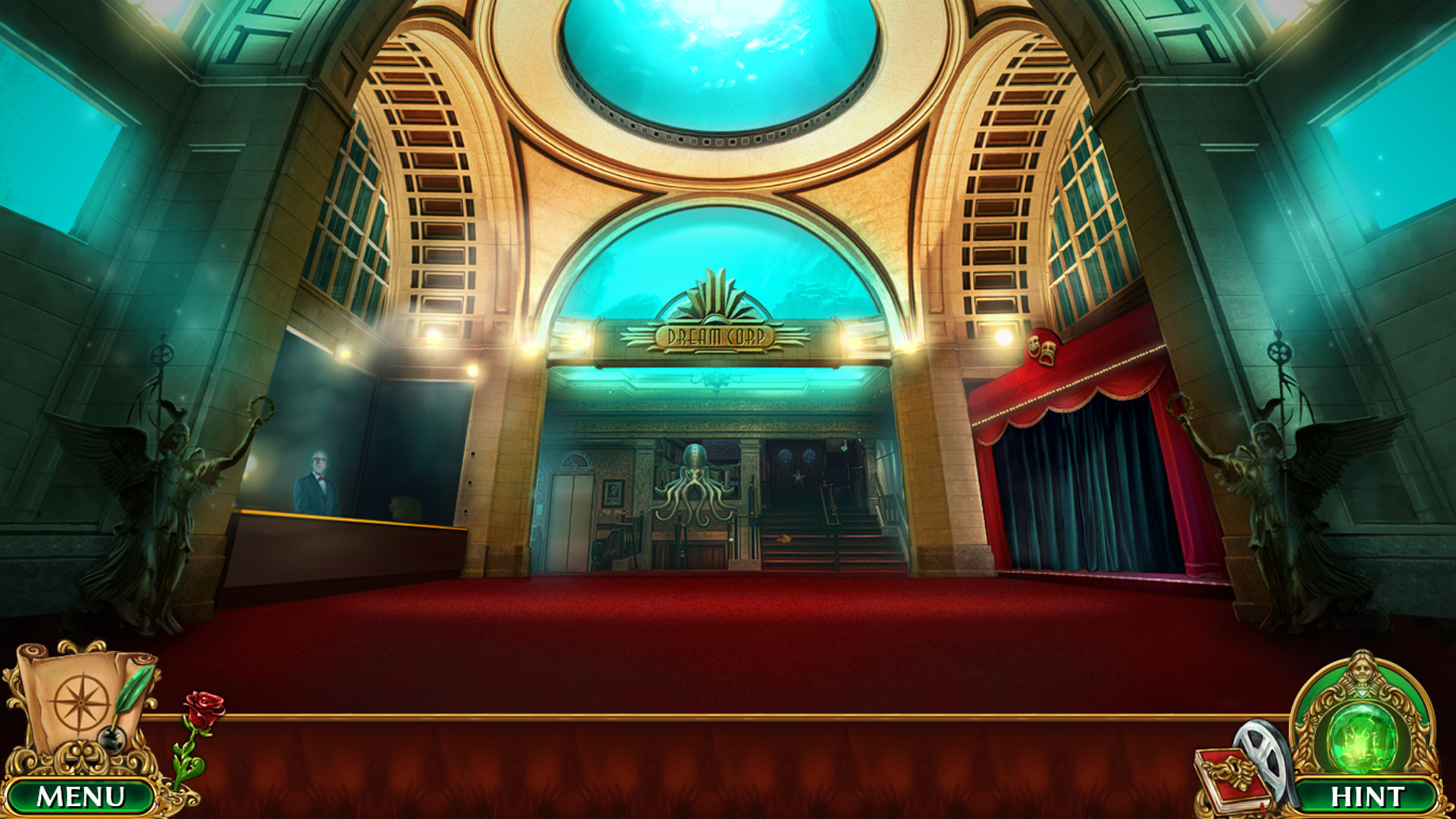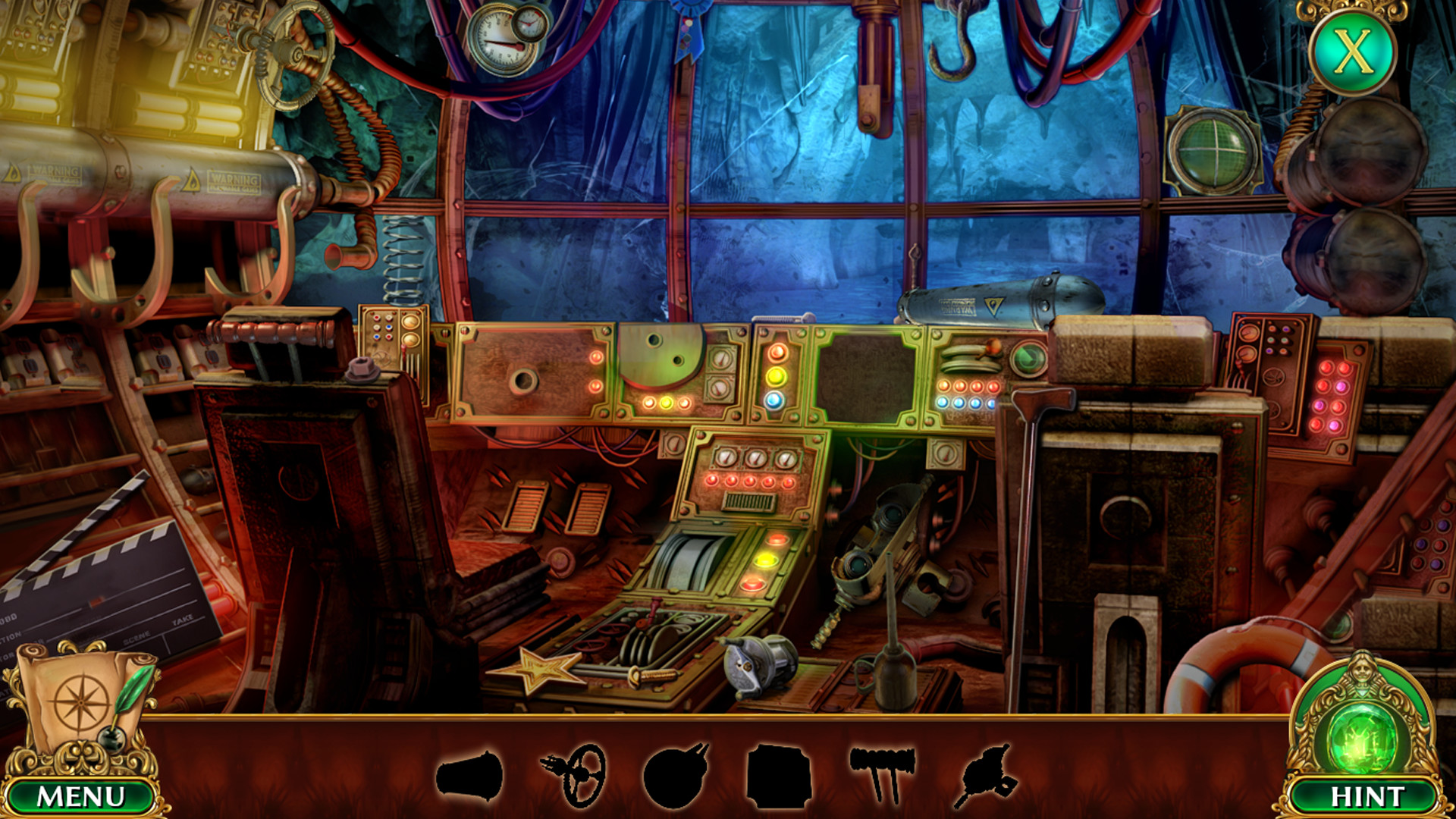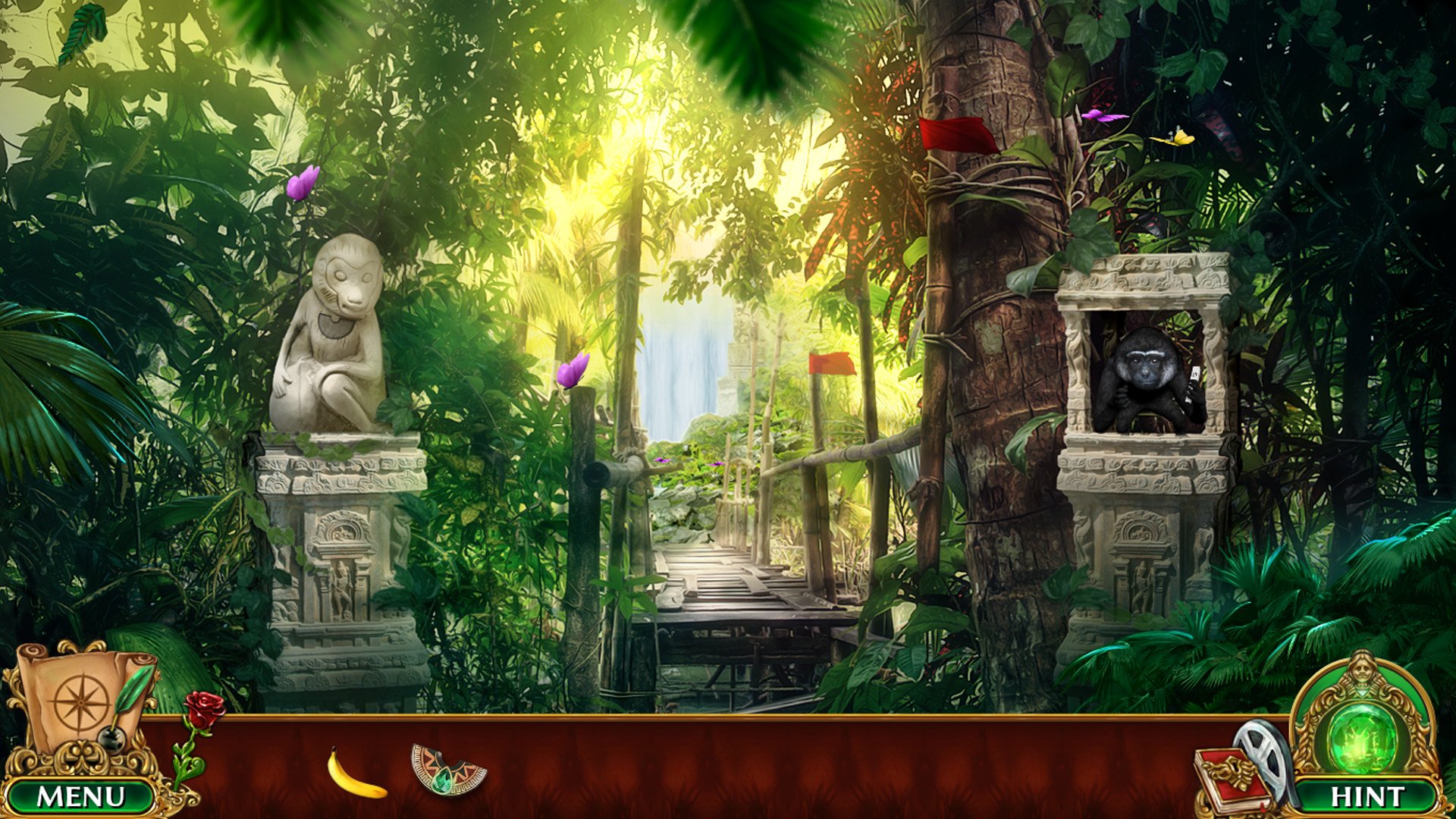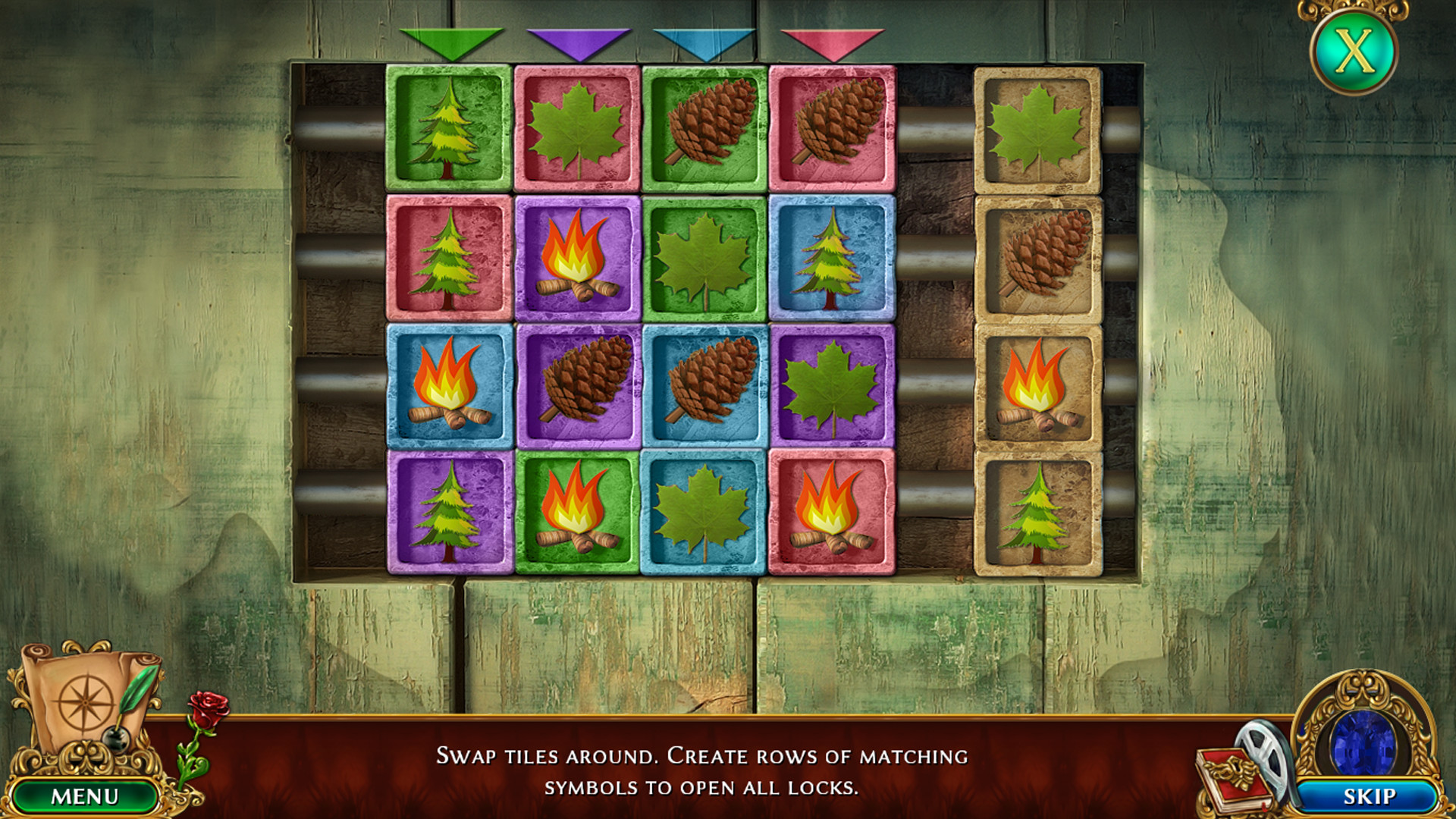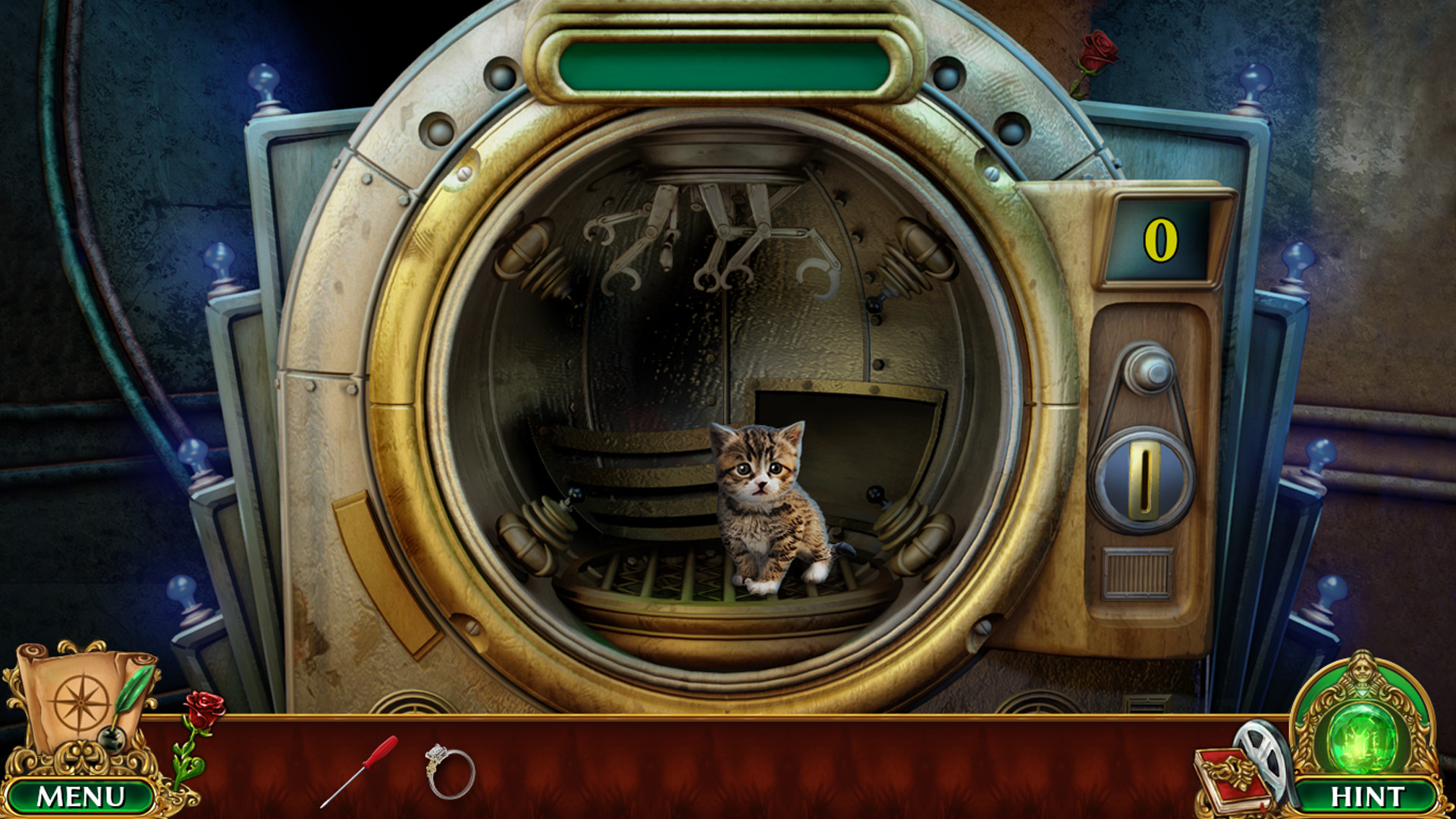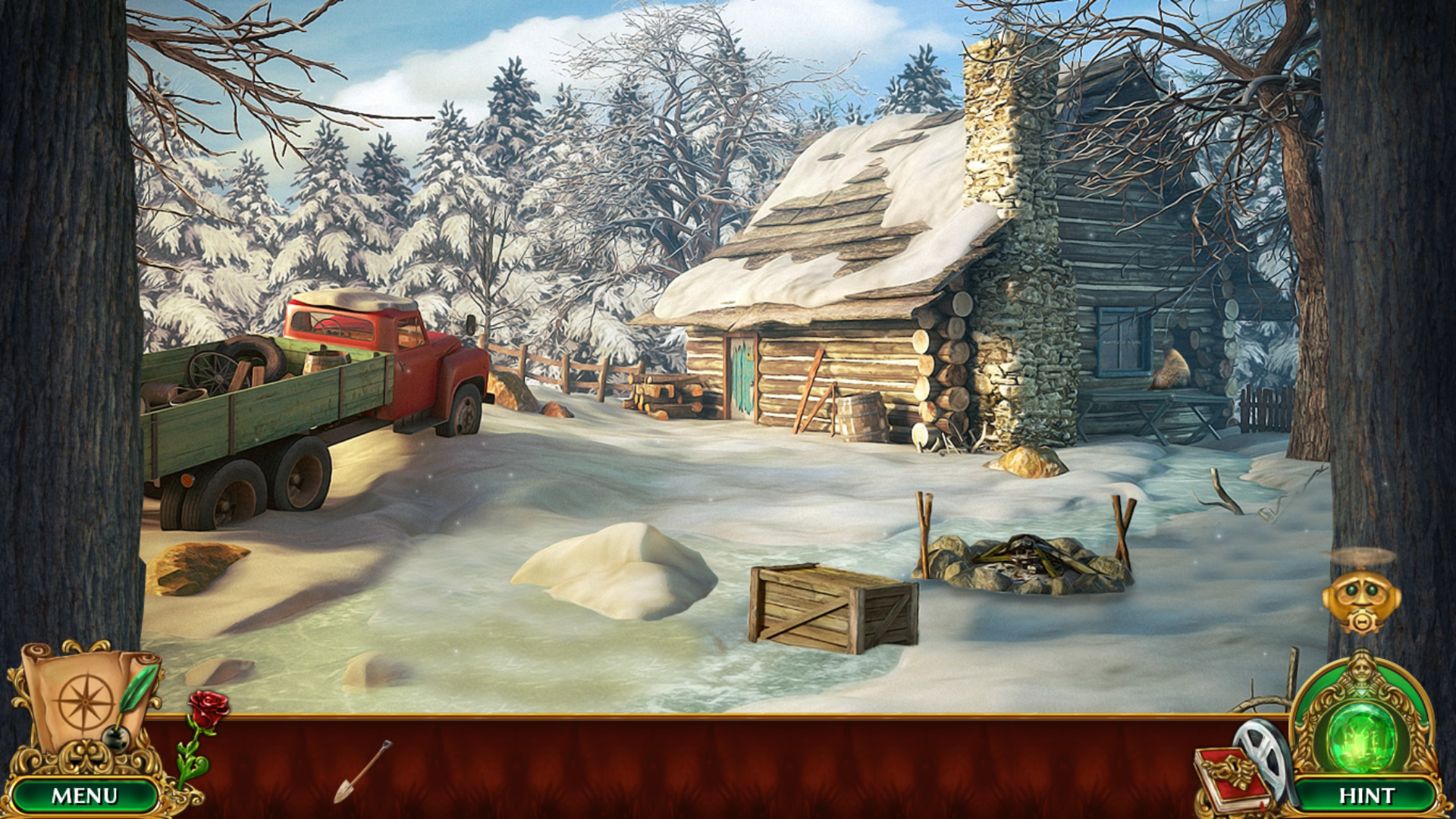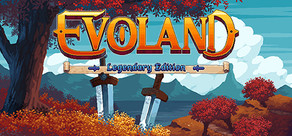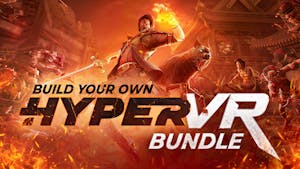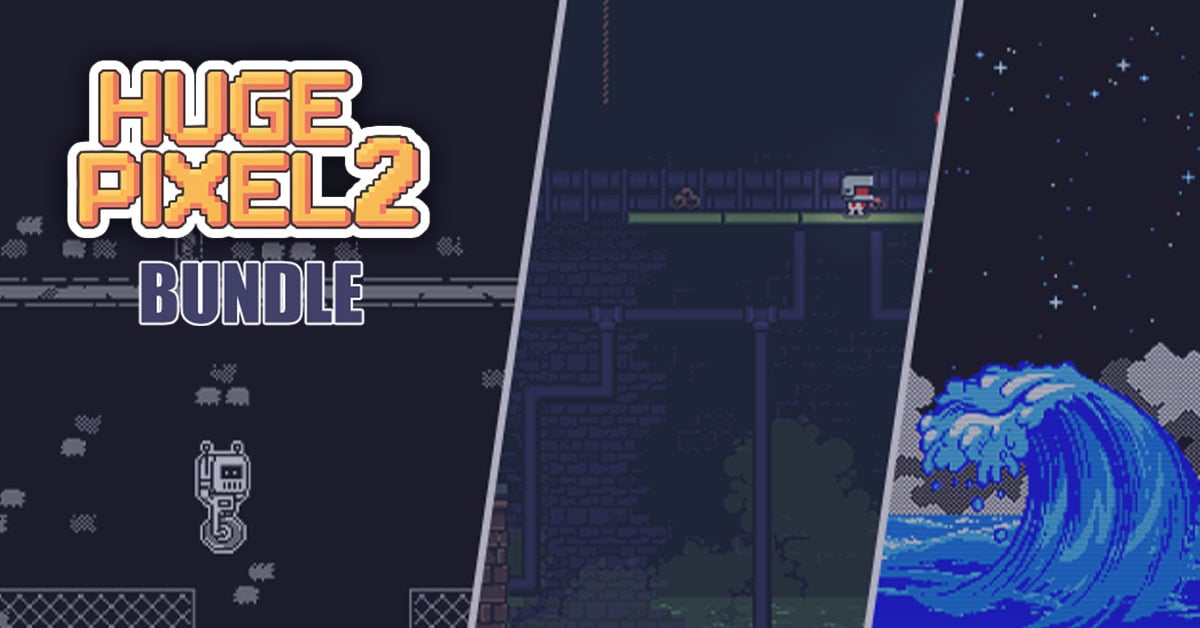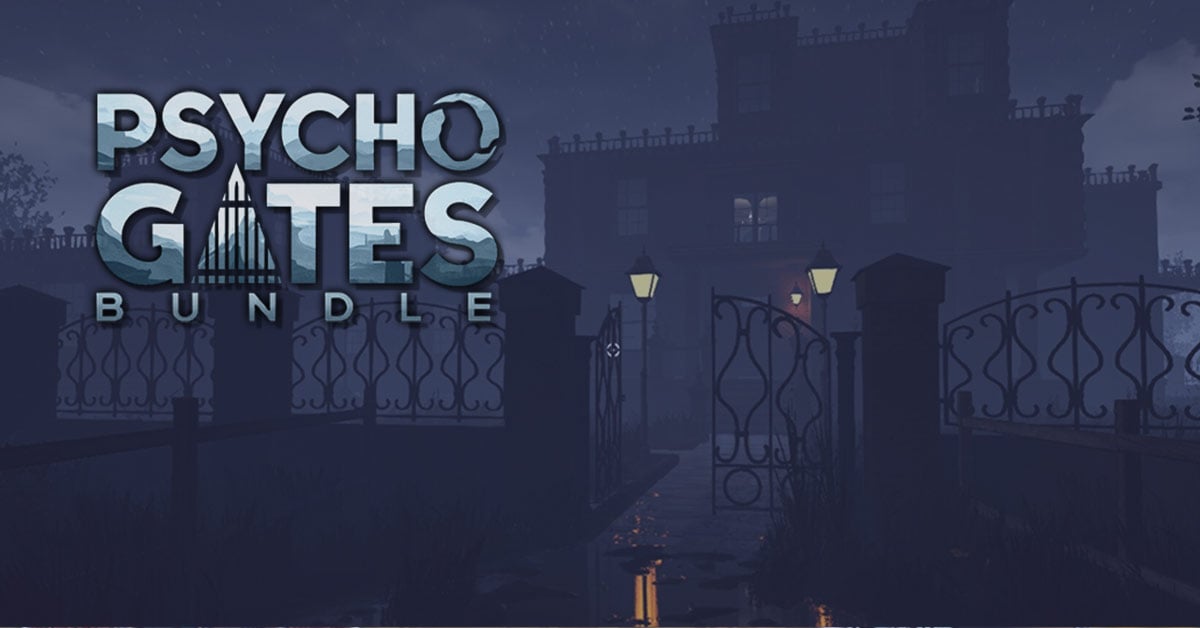London 1957. You have been abandoned on an orphanage doorstep as a child. Now – 25 years later – you receive an envelope with an invitation on a mystery voyage and an old picture of you and your mother together. Why did your mom leave you and how is she connected to the secret organization? To discover the truth, you embark on a trip to the Emerald Maiden. Soon it becomes apparent that something very wrong is going on inside this supposed “playground for the rich and elite”. Relying on your wits alone, you will have to face the facilities darkest secrets, learn the truth about your family and flee before it’s too late!
Are you strong enough to challenge the ancient evil lurking deep under the sea in The Emerald Maiden?

Features
- Thrilling story in a unique underwater setting!
- 19 challenging minigames to test your wits!
- 25 original hidden object scenes to explore!
- A personal robot will help you on your quest!
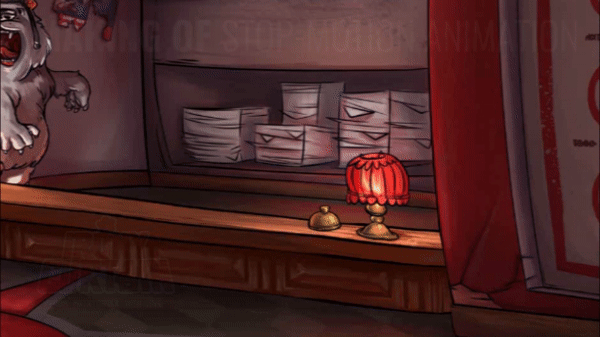
Comrades!
Today wed like to introduce you to our process of making a stop-motion animation. In one of the previous updates, weve explained what stop-motion animation is and why are we using it in our game .
This is how we prepare each asset:
1. The whole process starts with the Game Designer. They prepare a documentation with all animations needed for the specific part of the game. There are several types of animations for example: idle animation, talking, specific animation for beginning or end of the conversation and custom animation.

2. Then the animator prepares everything that was requested in the specification in an animation software (we use Toon Boom Harmony for that). First comes the rough sketch, then the more detailed lineart and some colors and shadows at the end.
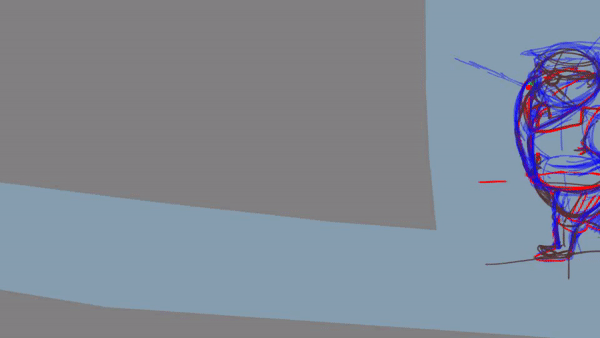
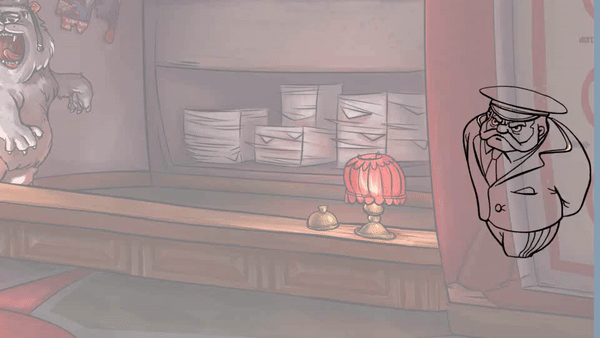

3. When the animation is ready, the animator exports each frame as a separate file. Our animations have usually 80 frames on average, so its a lot of files to export! Those files are put into our inhouse tool that does all the magic cropps them, sets the frames size and creates a file that manages animating all the cropped images.
4. Now its time for the Level Designer. They use the graph you see below (a kind of a state diagram) to control which animation should be used in which state (e.g., idle or end of the conversation) by referencing the files generated during step 3.
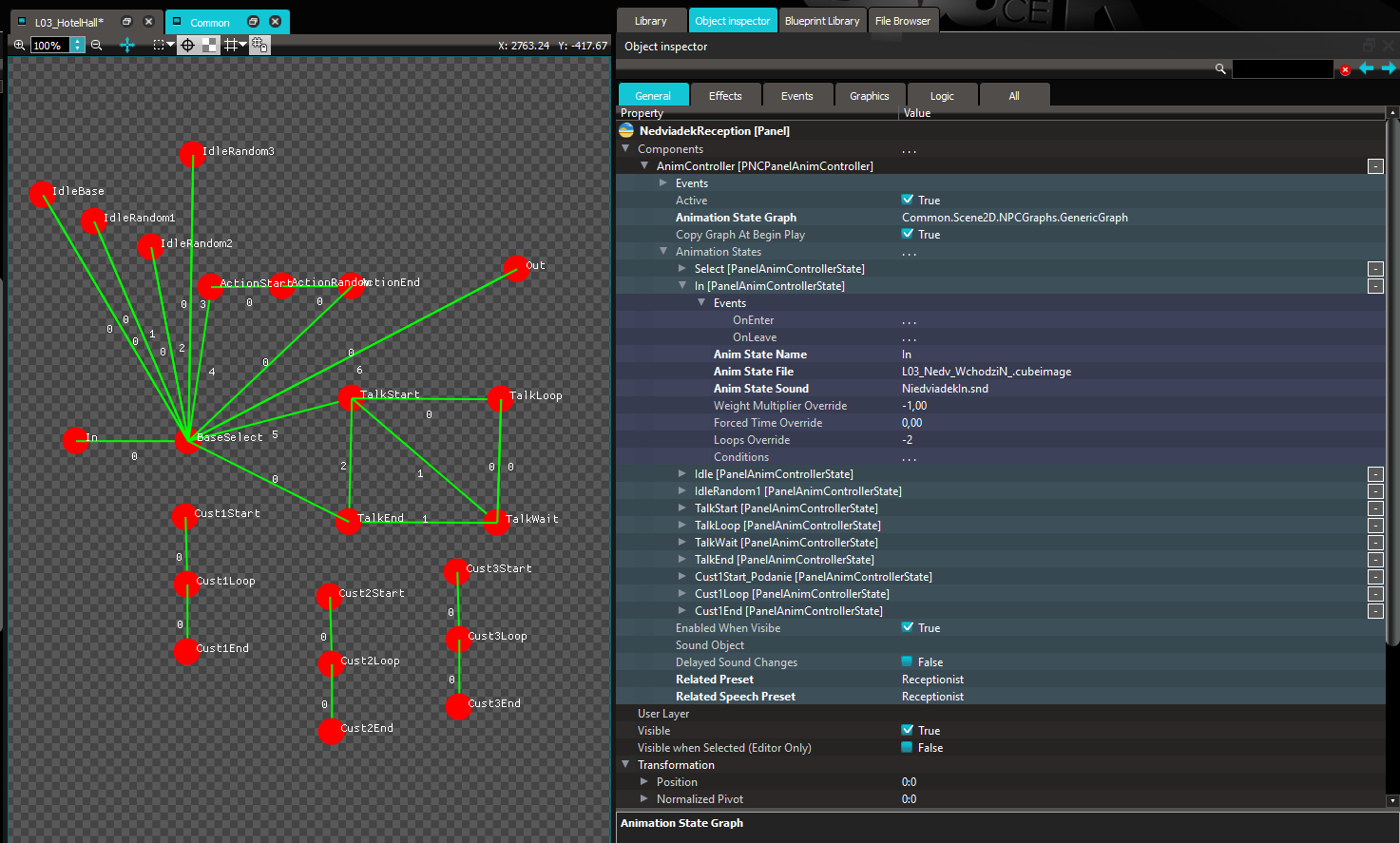
And that's all! Don't forget to add Irony Curtain to wishlist to stay updated!
https://store.steampowered.com/app/866190/Irony_Curtain_From_Matryoshka_with_Love/
Minimum Setup
- OS: Ubuntu 12.04 (32/64bit)
- Processor: 1.5 GHzMemory: 512 MB RAMStorage: 1 GB available space
- Memory: 512 MB RAMStorage: 1 GB available space
- Storage: 1 GB available space
Recommended Setup
- OS: Ubuntu 12.04 (32/64bit)
- Processor: 2 GHzMemory: 1 GB RAMStorage: 1 GB available space
- Storage: 1 GB available space
[ 6377 ]
[ 5868 ]
[ 751 ]
[ 2194 ]

